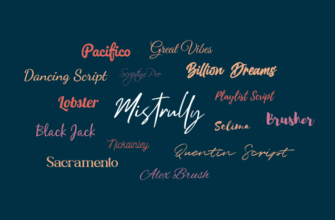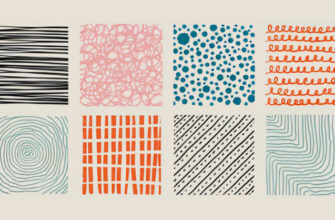There are things that will never go out of style. Dame Helen Mirren, your natural hair color, and a great pair of well-fitting jeans – but also, vintage logos.
In graphic design, very much like in every other form of art, we keep going back in time to find inspirations. Decades past not only hold the charm of nostalgia, but also help us explore emotions that contemporary design lacks.
In a world of corporate identity that’s dominated by soulless minimalism, everything has started to look the same.
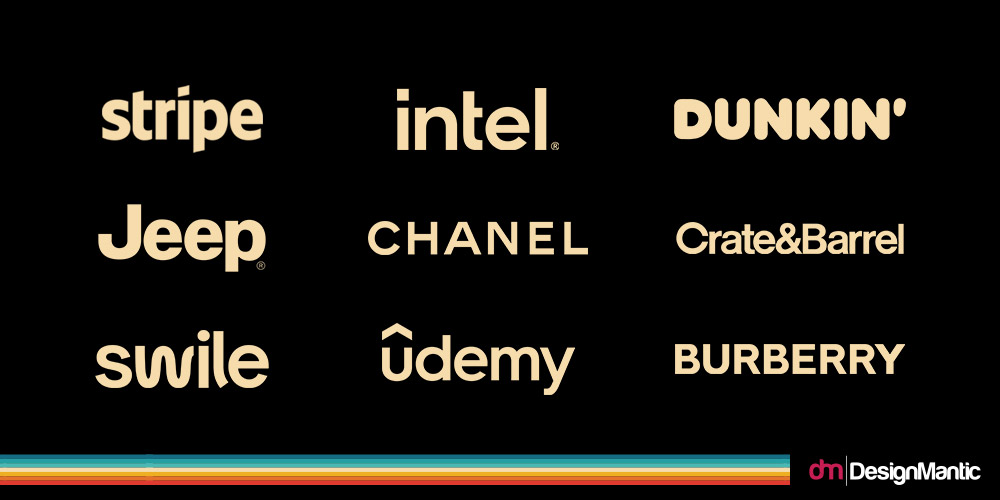
If you remove color, is there any way to distinguish one brand from another?
From graphic to architectural, modern design has become more functional than formative. It sure serves a purpose but fails to leave any lasting thought. In this sea of sameness, brands are struggling to stand out from the crowd. Nobody wants to become the odd duck. Or worse, the laughingstock of the internet.
But then again, when has anyone won anything by following the crowd? You have to strike out on your own eventually. If you want to create a brand with a unique visual that conveys some character and personality, you might find an ally in vintage logo designs.
Though Technically, It’s Retro, Not Vintage.
Vintage refers to actual pieces of design that were created in the past. So, the bridal gown your grandma wore in the 30s is vintage. Or the guitar you inherited from your uncle (who was in a rock band in the 50s), also vintage.
But if you go to a bridal store today and order a custom gown that looks very much like your grandma’s but it also has your own personal spin on it, it’s retro.
Retro style refers to a conscious imitation of things from the past – art, music, design, fashion, all of it. If it’s inspired from the past and looks something like the past but is not actually from the past, it’s retro.
Admittedly, however, both these terms are often used interchangeably but as long as you are aware of what each means, you’re fine.
Now Come To What’s An Unmatched Brand
This is a brand that’s unlike any other. A big thing to say but there are brands that have achieved this huge ask. Coca-Cola, Levi’s, and Starbucks are some instant examples. In their niche industries, not even their closest rivals can give them a run for their money.
Few things they have going for them:
- Product mastery
- Audience trust
- Decades of consistency, and
- Brand visuals that are evocative.
While Levi’s has totally gone over to the dark side with its flat design rebrand, Starbucks and Coca-Cola have decidedly remained loyal to their iconic vintage style logos. Not only do the designs seem charming and nostalgic but with modern spins, they have been able to mix the old school magic with some cool contemporary kick.
Why Does The World Need To Rethink Its Obsession With Minimal Logos?
Because everyone is creating the same thing and it has all started to look similar. Designs are bleeding into other designs and nobody can tell brands apart just by looking at the logos. Visual corporate identity has checked its emotions at the door.
Top 5 reasons it’s bad for business:
- Lack of brand character means consumers cannot emotionally connect with the brand.
- Absence of detail makes the design utterly forgettable.
- Fails to properly convey brand message.
- Doesn’t communicate what the company does.
- Consumers perceive too simple logos as not trustworthy enough.
How Can A Vintage Logo Save The Day?
Vintage logos, by virtue, are detail-oriented. Ribbons, badges, textures, you name it. It makes them the perfect antidote to emotional (and otherwise) emptiness that’s flat minimal design.
Not only are vintage logo designs great at conveying emotions, they also communicate what a company does, its innate character, and what it stands for. Not to mention, logo designs with some descriptive details are perceived as more authentic and more trustworthy. Plus, details stick in our heads and help with the recall.
Not bad for old-timey logos, huh.
Vintage Logo Styles You Can Explore
This is a rich world you are going to enter. Some of the greatest revolutions in art and design took place in the last century or two. I’m talking about art deco, Mad Men, bourgeois, and more.
Here are some of the most popular vintage logo styles for your inspiration.
● Art Nouveau
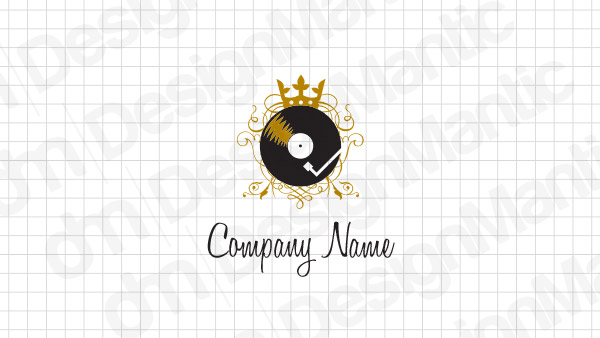
It’s the original vintage design. Emerged in the late Victorian years, it was made popular during the turn of the century. Expectedly, it carries a lot of sentimentality and aesthetics that were popular during that time. Rich colors, lots of flora and fauna, young feminine beauty, and elaborate lines.
Also curves. Lots and lots of arches and curves.
● Art Deco
Around 1920, when art nouveau had ceased to be the shiniest new thing, art deco took over. Some have called it the art movement that took place between the two World Wars.

Art deco is characterized by geometry, fine craftsmanship, and rich materials. Even in print and graphic form, where the design is intangible, the richness is exuded by exotic colors, ornate shapes, and repetition of elements.
But unlike art nouveau, it’s very angular and streamlined. Think of the Chrysler Building or Moulin Rouge posters.
● Mid-century Modern
This style gained pace around 1945, post WW2, and was marked by clean lines and sophisticated simplicity. It was design’s first honest foray into minimalism – back when minimalism was against unnecessary embellishments, not distinctive details.
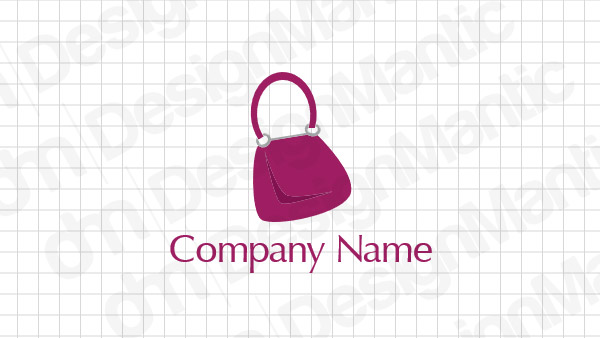
It uses pops of accent colors against neutral tones of black, white, and gray. But every color is taken in its natural tones and nothing is made plastic by appearance. Orange matches the colors of leaves in fall, greens are earthy, and red is the deep richness of natural clay.
● Punk
We don’t think of punk when we think of vintage, do we? Well, not typically.
Where vintage design is all about serenity and conformity, punk is raw, messy, and loud.
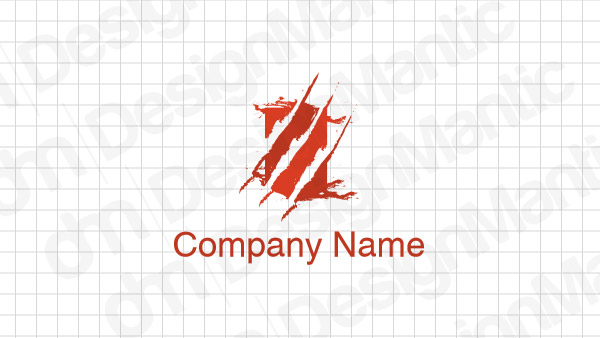
It was born in the 1970s, out of youth’s frustrations against crippling unemployment and social unrest. Angry, haphazard stenciled typography, cut-and-paste lettering, clashing colors, and Xerox-inspired drawings characterize this style.
While most vintage styles can suit a diverse range of industries, punk should be reserved for brands such as music artists, fashion and clothing, design agencies, and similar.
● Swiss Style
Also called International Typographic Style, this vintage form of art is dominated by fonts. Thick, bold, block letters against solid backgrounds. Grids. Geometric abstraction. And asymmetrical layouts.

Most designs created by the mastermind Paul Rand fall under the Swiss Style of graphic design. It uses sans-serif fonts and favors actual photography over illustrations. Think of ample use of white space and massive elemental repetition.
Swiss style carried over what mid-century modern had set out to do: create designs that celebrate function over form. Of course, before everything started to become a lesser copy of what came before it.
So, there you have it now. Five remarkable styles of vintage designs that can breathe new air into your brand identity that may be falling a bit stale.
Ready to get to work, then? Click here to create a new vintage logo.
To Learn More About Vintage Logo Designs
● 5 Art Lessons Gleaned From Vintage Labor Day Posters!
● Why Major Food Logos Have Gone Retro In The Past Years?
● He Loves Vintage, She Likes Modern: How To Decide For The Perfect Wedding Monogram?


